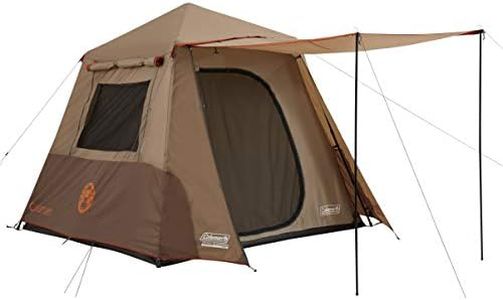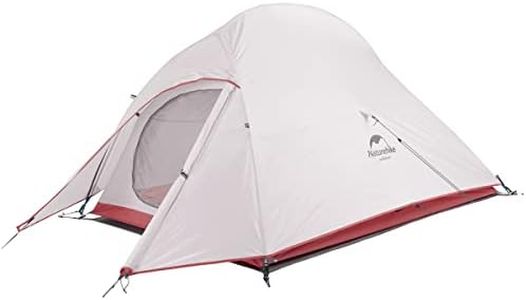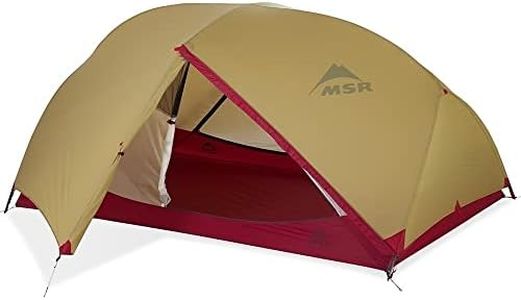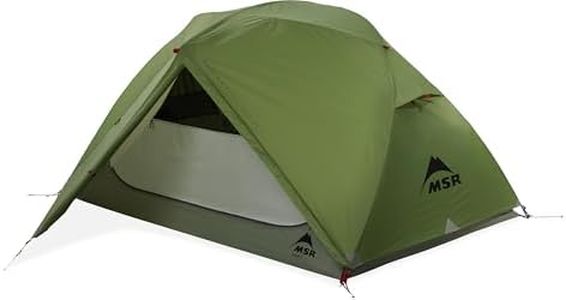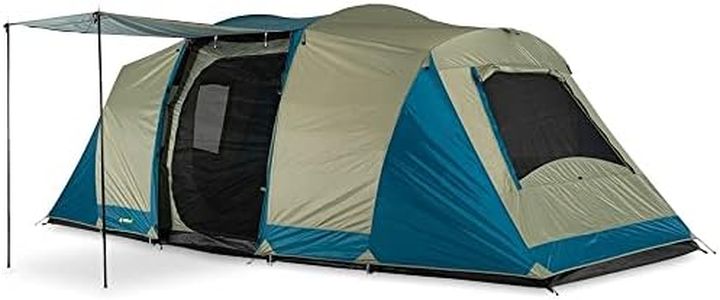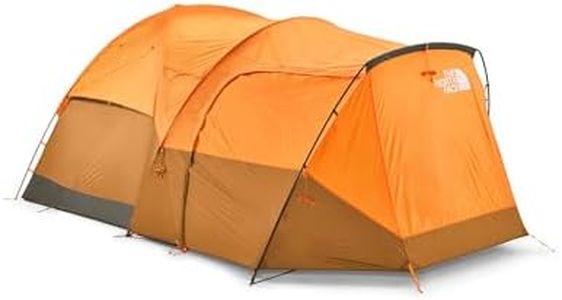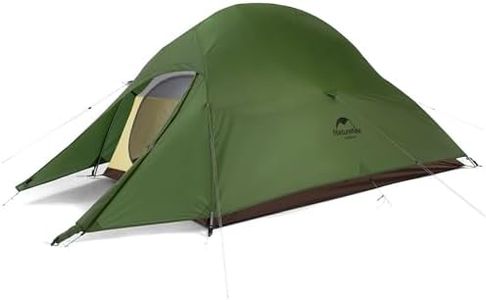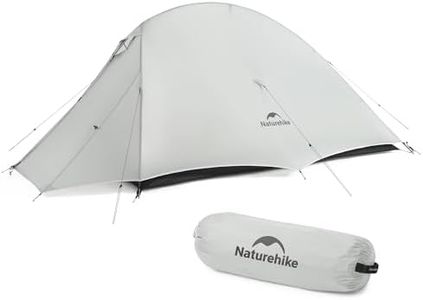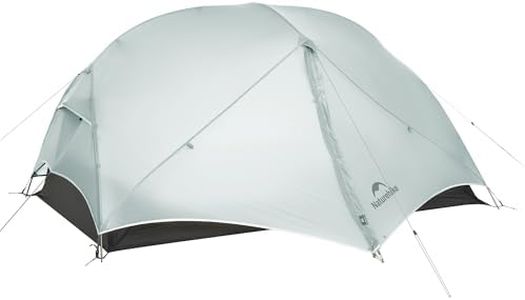We Use CookiesWe use cookies to enhance the security, performance,
functionality and for analytical and promotional activities. By continuing to browse this site you
are agreeing to our privacy policy
10 Best Waterproof Tents
From leading brands and best sellers available on the web.Buying Guide for the Best Waterproof Tents
Choosing the right waterproof tent can make a big difference to your outdoor experience, especially in unpredictable weather. The right tent will not only keep you dry, but also provide comfort, ease of setup, and suit your specific needs for space and portability. When comparing tents, focus on the specifications that relate to weather resistance, size, weight, and ease of use. Think about your typical camping conditions and how often you plan to use the tent, as these factors should guide which features matter most for you.Waterproof Rating (Hydrostatic Head)The waterproof rating, often called hydrostatic head, measures how much water pressure the tent fabric can resist before it leaks, usually expressed in millimeters (like 1500mm, 3000mm, or more). This is a key spec because it tells you how well the tent will protect you from rain and wetness. Ratings below 1500mm are best for light, occasional showers, while ratings around 2000-3000mm handle typical rain, making them suitable for most campers. For heavy, persistent rain or harsh conditions, ratings above 3000mm offer extra peace of mind. If you often camp in wet climates, go for a higher rating, but for dry or summer use, you might prioritize other factors like weight or ventilation.
Seam SealingSeam sealing refers to how the tent's sewn joins are treated to prevent water from sneaking in. Even with waterproof fabric, unsealed seams can leak under rain. Tents may come fully seam-taped, seam-welded, or unsealed. Fully sealed seams are best for serious weather protection and minimize the chance of leaks. Welded seams provide durable waterproofing with less wear over time. If you're expecting regular rain or unpredictable weather, look for tents with fully sealed or welded seams as a must-have feature.
Tent MaterialThe tent's fabric affects weather protection, durability, and weight. Common materials include polyester and nylon with waterproof coatings. Generally, thicker materials are more durable but tend to be heavier, while lighter fabrics are easier to carry but may need more care. For car camping or longer stays where weight is less of a concern, durability may be more important, but if you're backpacking and moving often, lighter materials with quality coatings will suit better.
VentilationGood ventilation prevents condensation inside the tent during wet or chilly nights, keeping you drier and more comfortable. This is provided by mesh panels, vents, and design features that promote airflow. If you plan to camp in humid or mixed-weather environments, prioritize tents with adjustable vents or extra mesh. For colder environments, balance ventilation with warmth by choosing a tent with the ability to control airflow.
Tent Size and LayoutTent size, often measured by the ‘person’ rating (like 2-person, 4-person), and layout (like vestibules or separate rooms) affect comfort and practicality. A larger tent gives more room for gear and people, but weighs more and takes up more space. Solo campers or backpackers might prioritize compact tents, while families or groups may need extra space for sleeping and gear. Think about how many people and how much gear you'll typically have when choosing your size.
Setup ComplexityHow easy a tent is to set up can make a difference, especially in bad weather. Simple designs like pop-up or color-coded pole systems are quick to assemble. More complex tents may take longer but could offer extra space or stability. If you’re new to camping or might be setting up in the rain or dark, look for designs with clear instructions and features that make setup easier.
Weight and PackabilityThis spec tells you how heavy the tent is and how easily it packs down for transport. Lightweight tents are great for backpacking or hiking, while heavier tents may offer more comfort and space for car camping. If you'll be carrying the tent long distances, prioritize low weight and compact packing. For drive-in campsites, weight may matter less than features or space.

